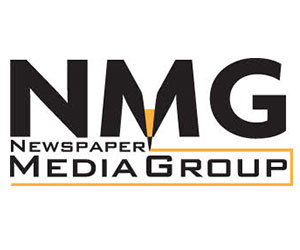At the Aug. 20 meeting of the Evesham Township School District Board of Education, Director of Curriculum and Instruction Danielle Magulick — who is also the district’s anti-bullying coordinator — presented the public hearing for the district’s annual self-assessment regarding grades for the state’s Anti-Bullying Bill of Rights law.
The bill, signed into in law in January 2011, enhances and establishes clearer standards for the reporting, investigation, prevention and creation of programs related to harassment, intimidation and bullying in school districts.
The also law requires that on annual basis, districts undergo a self-assessment, which is then reported to the public, approved by the BOE and sent to the state.
Out of a possible score of 78, the lowest any school in ETSD received was 74.
Scores are determined by examining eight different core elements, including HIB programs, approaches or other initiatives, training on the BOE-approved HIB policy, other staff instruction and training programs, curriculum and instruction on HIB and related information and skills, HIB personnel, school-level HIB incident reporting procedure, HIB investigation procedure and HIB reporting.
“They’re really related to programs, initiatives, trainings, personnel and then the actual reporting of incidences and the investigations that occur for each of those,” Magulick said.
Each of those core elements are then broken down into multiple, specific indicators. For example, the HIB personnel section has three indicators: making sure the district has an anti-bullying coordinator, outlining how often that specialist meets with school counselors and how often the school safety team meets.
Each indicator across the eight core elements can then receive a score of zero to three. A score of “zero” indicates a district did not meet a requirement, a score of “one” indicates partially meeting a requirement, a score of “two” indicates meeting a requirement, and a score of “three” indicates exceeding a requirement.
With a total of 26 indicators, a perfect score of three in all indicators would result in the assessment’s maximum score of 78.
As Magulick explained, the lowest any of the schools in the district scored were 74, with the highest being 78, meaning every single score for an indicator was either a “two,” meeting the requirements, or a “three,” exceeding the requirements.
“In most instances, it’s exceeding, because if you think about a “two,” and you think about 26 indicators, that’d be 52 if they were just meeting,” Magulick said. “The lowest one is a 74, so in most places they’re exceeding, and then we have one or two areas where they’re going to look to exceed the following year.”
With the scores to be submitted to the state, the district will now review and analyze the data.
Magulick said she will then meet with principals and anti-bullying specialists at schools across the district in September and discuss the scores from the previous year as well as look for ways to improve.
“We’ll come up with recommendations, and then those recommendations will actually go to the principals and school counselors, and then they turn those to their school safety team,” Magulick said.


